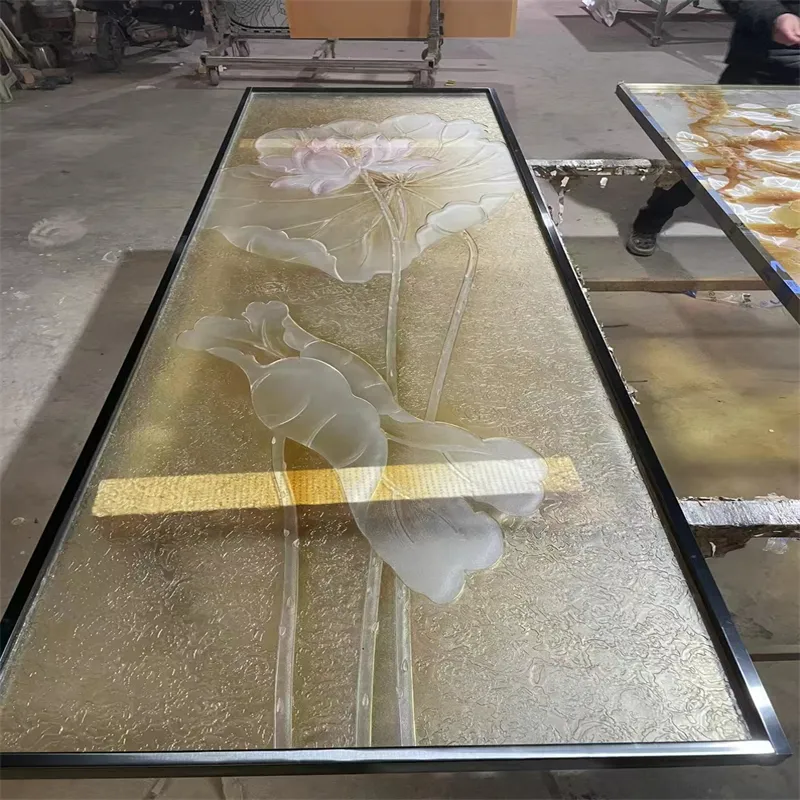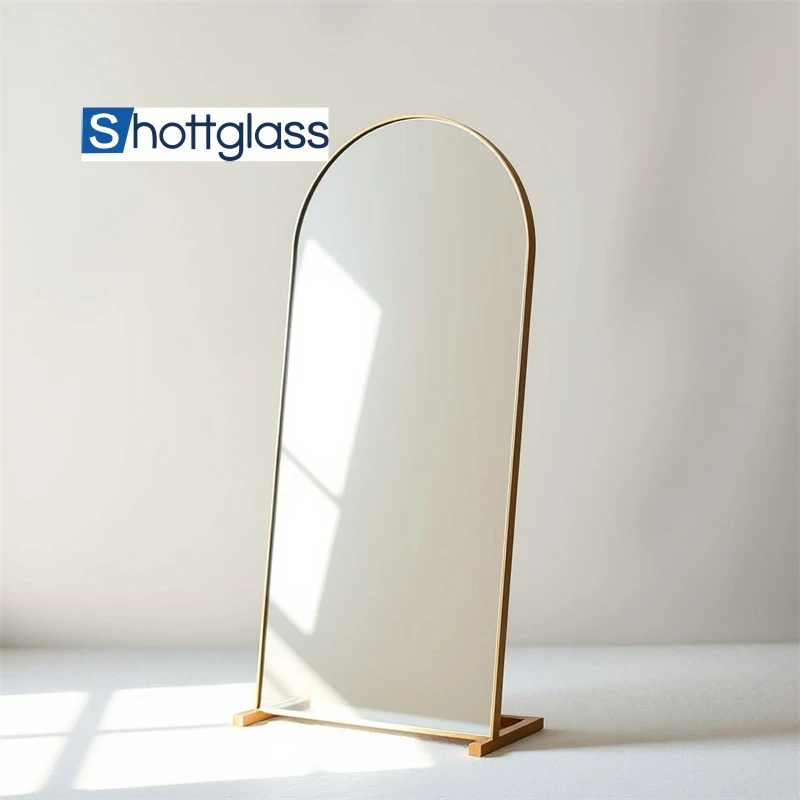Sep . 04, 2024 03:00 Back to list
types of low e glass
Low e glass, or low-emissivity glass, is a type of energy-efficient window technology that has gained popularity in recent years due to its numerous benefits in energy conservation and comfort. This specialized glass is designed to control heat transfer and minimize ultraviolet (UV) and infrared radiation while allowing natural light to enter, making it an ideal choice for both residential and commercial applications.
There are several types of low e glass, each tailored to meet specific energy efficiency needs and building requirements
. The two primary categories of low e coatings are hard coat and soft coat.Hard coat low e glass is produced through a process called pyrolytic coating, where the low e film is applied during the glass manufacturing process at high temperatures. This creates a durable surface that is resistant to scratching and can be directly subjected to various weather conditions. Hard coat low e glass is particularly effective for applications in warmer climates, as it reflects heat away from the interior of a building, thus keeping indoor spaces cooler.
On the other hand, soft coat low e glass is made by applying a thin layer of metal oxide coating to the glass surface after the glass has been produced. Soft coat low e is generally more efficient than hard coat because it reflects both infrared radiation and UV rays more effectively, thereby enhancing insulation properties. This type of glass is suitable for colder climates, as it allows sunlight to enter and warms the interior while minimizing heat loss during colder months.
types of low e glass

Moreover, there are variations within these categories that include dual low e coatings, which incorporate both hard and soft coat properties. This innovation enables homeowners and builders to harness the benefits of both types, providing optimal energy efficiency across different seasons.
Another important type of low e glass is the spectrally selective low e glass, which selectively transmits visible light while blocking out harmful UV rays and infrared radiation. This glass is particularly beneficial in areas where natural light is desirable, such as in offices or homes with large windows, while ensuring that indoor spaces remain cool and comfortable.
In conclusion, the types of low e glass offer various solutions tailored to different climates and building needs. Choosing the right type can significantly enhance energy efficiency, reduce utility costs, and improve indoor comfort, demonstrating the vital role that low e glass plays in modern architecture and sustainable building practices.
-
The Science of Laminated Glass
NewsAug.29,2025
-
Reflective Glass Facades: Modern Aesthetics and Energy Efficiency
NewsAug.29,2025
-
Mirror Glass: Transforming Commercial Spaces
NewsAug.29,2025
-
Insulated Glass: Energy & Cost Benefits
NewsAug.29,2025
-
Frosted Glass Walls: Modern Partition Solutions
NewsAug.29,2025
-
Blue Coated Glass: Features and Benefits
NewsAug.29,2025
Related PRODUCTS














